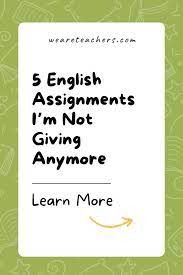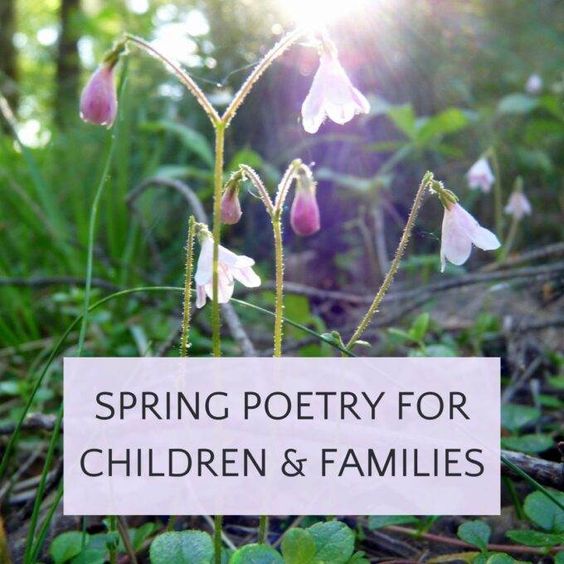Introduction
As the days grow longer and warmer, and nature begins to awaken from its winter slumber, there is a renewed sense of rejuvenation and vitality in the air. Spring is a season of growth, renewal, and beauty, making it the perfect time to introduce your students to inspiring poetry that captures the essence of this magical time. In this article, we present 26 beautiful and inspiring spring poems that will make a great addition to any classroom.
1. “Loveliest of Trees” by A.E. Housman
2. “Spring” by William Blake
3. “Lines Written in Early Spring” by William Wordsworth
4. “A Light Exists in Spring” by Emily Dickinson
5. “The Trees” by Philip Larkin
6. “Today” by Billy Collins
7. “April Rain Song” by Langston Hughes
8. “To Spring” by Robert Herrick
9. “In Just-” by E.E. Cummings
10. “Spring Quiet” by Christina Rossetti
11. “The Enkindled Spring” by D.H. Lawrence
12. “Song of Solomon 2:11-13”, an excerpt from the Bible’s Old Testament
13. “A Prayer in Spring” by Robert Frost
14. “Spring and Fall” by Gerard Manley Hopkins
15. “Nothing Gold Can Stay” by Robert Frost
16. “Spring Morning” by A.A.Milne
17. “The Great Lover” by Rupert Brooke
18. “Easter Wings” by George Herbert
19. “Awakening” by James Wright
20. “Miracle Fair” by Wislawa Szymborska
21. “Daisy Time” by Marjorie Pickthall
22. “April Love” by Ernest Dowson
23. “It’s Spring” by Ntozake Shange
24. “The Flower Garden” by William Bryant
25. “A Meeting” by Robert Browning
26. “Spring” by Edna St.Vincent Millay
Each of these spring poems offers a unique perspective on the season, exploring themes such as renewal, beauty, and the fleeting nature of time. By sharing these inspiring works with your students, you not only expose them to a variety of poetic styles and voices but also help them develop an appreciation for the natural world.
In conclusion, incorporating these lovely spring poems into your curriculum can create an atmosphere of creativity and inspiration in your classroom. As your students delve into the verses and metaphors that capture the essence of spring, they will surely be encouraged to explore their own creative expression, developing a deeper connection with the world around them and the power of poetry itself.






